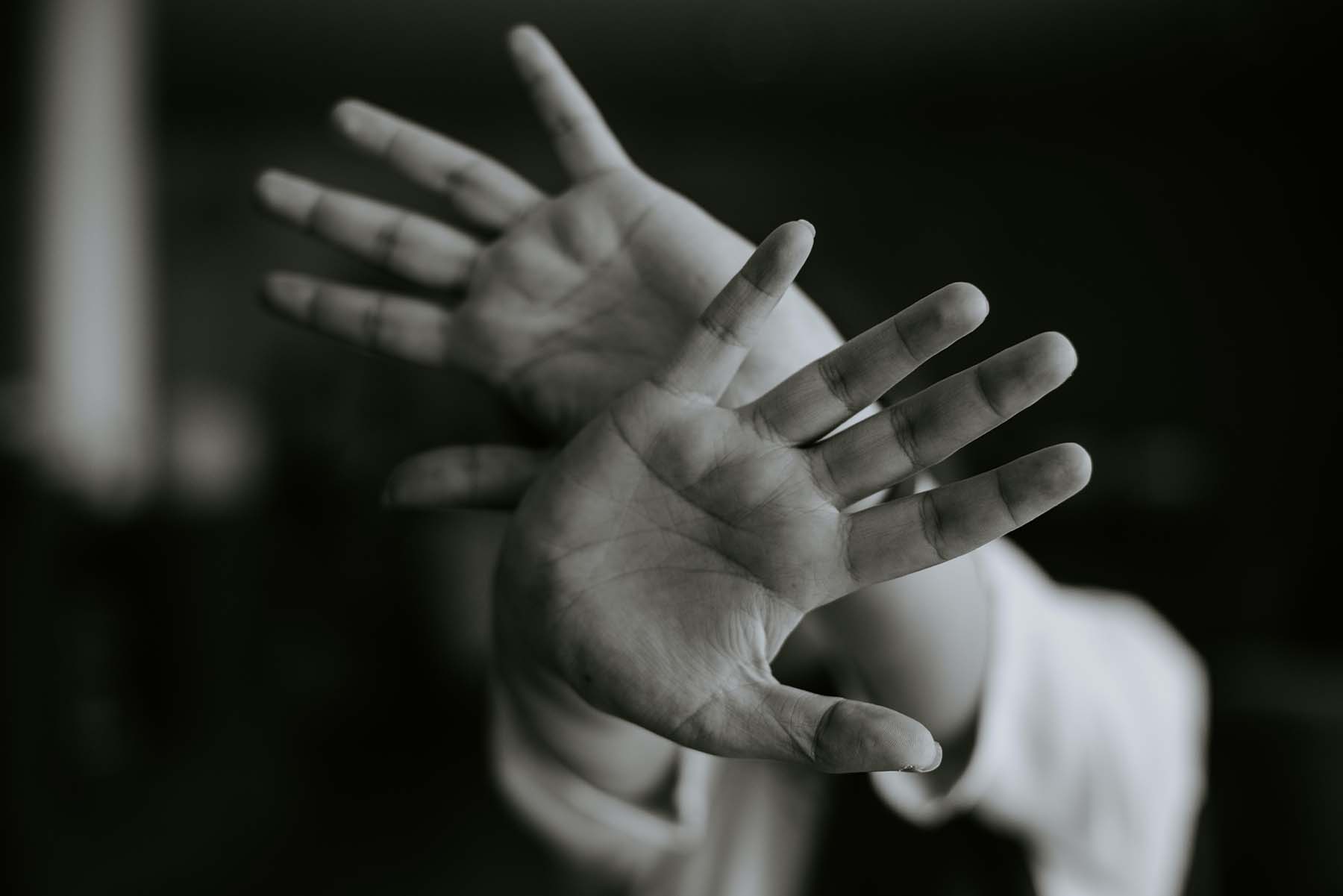This article was published on: 02/25/22 10:41 AM

“My nose looks so strange. I’m know it’s deformed. That’s why everyone stares at me and the first thing they notice about me! How can people not notice my horse face? My new haircut does exactly what I wanted it to do—hide my disgusting nose.”
While it can be easy to dismiss such statements as someone having low self-esteem, insecurities, or excessive vanity, something more complex can in fact be the culprit; Body Dysmorphic Disorder (BDD).
Falling in the category of obsessive compulsive related disorders, the Diagnostic and Statistical Manual of Mental Disorders (2013) defines BDD as “the preoccupation with one or more perceived defects or flaws in physical appearance, in which one believes they look ugly, unattractive, abnormal or deformed. The preoccupation with the perceived flaw can cause distress and impairment in social, occupational, and other areas of functioning as one engages in excessive behaviors or mental acts in response to the preoccupation”. These behaviors and mental acts are described as compulsions and rituals. Such examples would be repetitively checking the perceived flaw, excessively examining, excessively grooming, camouflaging the flaw, seeking reassurance about perceived flaw, repeatedly changing clothing, and cosmetic surgery (American Psychiatric Association, 2013). Avoidance and escape are common compulsions as well and cause even further isolation, sadness and shame.
Body Dysmorphic Disorder (BDD) can commonly be overshadowed by other mental health disorders such as anxiety and depression; however, BDD is prevalent in approximately 1.7%-2.4% of the population (American Psychiatric Association, 2013). It is often underreported during intake assessments unless specifically inquired about as those who experience BDD are often too ashamed or embarrassed to disclose. BDD can also be mistaken and misdiagnosed as depression, anxiety, an eating disorder or a body focused repetitive behavior (i.e. skin picking disorder) due to lack of awareness of the disorder among healthcare professionals. This results in BDD being inadequately and under treated. (Schulte, Schulz, Wilhelm, & Buhlmann, 2020).
Regarding comorbidity, major depression is the most common co-occurring disorder experienced by those with BDD. Lifetime prevalence for major depression was reported to be 74-76% with BDD symptoms appearing prior to the depression symptoms (Wilhelm et al., 2013). It has been found that BDD has a lifetime comorbidity with substance use or dependence (40%), social phobia (38%), OCD (33%) and eating disorders (32.5%) (Wilhelm, Philips, Steketee, 2013; Ruffolo, Phillips, Menard, Fay, Weisberg, 2006). To distinguish BDD from an eating disorder, in BDD the focus of the obsession is a specific body part as compared to an eating disorder in which the focus is weight resulting in impaired eating (Ruffolo et al., 2006).
In addition to co-occurring disorders, those with BDD have a 78-81% lifetime prevalence for suicidal ideations and 24-28% lifetime prevalence for suicide attempts with a suicide rate 6-23 times higher than in the general US population. Compared to other psychiatric disorders, BDD appears to have a higher suicide rate (Wilhelm et al., 2013). The high suicide rate in BDD has been attributed to the higher number of risk factors such as psychiatric hospitalizations, unemployment, poor social supports, higher rates of major depression, eating disorders, and substance use disorders in addition to feelings of shame, embarrassment, anxiety, humiliation, self-loathing, disgust stemming from obsessional beliefs, and poor self-esteem (Wilhelm et al., 2013). Therefore, it is imperative that those suffering from BDD receive the gold-standard evidence-based treatment.
Cognitive Behavioral Therapy (CBT)is regarded as the most effective treatment for BDD (Wilhelm et al., 2013). CBT targets the obsessive, negative thoughts about one’s perceived defects or flaws to help develop more rational thoughts through cognitive restructuring and challenging faulty beliefs. Due to poor insight and flawed beliefs about appearance, the cognitive component in CBT is crucial for a successful treatment outcome (Wilhelm et al., 2013).
Furthermore, treatment focuses on the behaviors (rituals & compulsions) that one does in effort to minimize the associated distress from their BDD worries; this is done through exposure and response prevention (ERP). ERP aims to expose the person to their fears while preventing ritualistic and compulsive behaviors. Such behaviors reinforce erroneous beliefs. The goal of treatment is to help develop the skills to identify and challenge maladaptive responses to the irrational obsessional thoughts, magnified perceptions and deep-seated core beliefs and to reduce engagement in compulsive behaviors. ERP will break the vicious cycle of BDD so one can live a life free from the torment of BDD.
References
American Psychiatric Association. (2013). Diagnostic and statistical manual of mental disorders (5th ed.). https://doi.org/10.1176/appi.books.9780890425596
Ruffolo, J., Phillips, K., Menard, W., Fay, C., Weisberg, R. (2006) Comorbidity of body dysmorphic disorder and eating disorders: Severity of psychopathology and body image disturbance. International Journal of Eating Disorders (39)1, 11-19. https://doi.org/10.1002/eat.20219
Schulte, J., Schulz, C., Wilhelm, S., Buhlmann, U. (2020) Treatment utilization and treatment barriers in individuals with body dysmorphic disorder. BMC Psychiatry (20)69. https://doi.org/10.1186/s12888-020-02489-0
Wilhem, S., Phillips, K., Steketee, G., (2013). Cognitive Behavioral Therapy for Body Dysmorphic Disorder: A Treatment Manual. The Guildford Press.
written by Rachel Bacon, LCPC, Clinical Associate and edited by Andrea G. Batton, LCPC, Clinical Director

 The Maryland Anxiety Center was founded by Andrea G. Batton, LCPC with a vision of creating a practice where clinicians and staff work cohesively and collaboratively with patients to provide optimal psychological care. The Maryland Anxiety Center specializes in the treatment of anxiety and related disorders from a cognitive behavioral perspective, the gold-standard and most effective treatment for such conditions.
The Maryland Anxiety Center was founded by Andrea G. Batton, LCPC with a vision of creating a practice where clinicians and staff work cohesively and collaboratively with patients to provide optimal psychological care. The Maryland Anxiety Center specializes in the treatment of anxiety and related disorders from a cognitive behavioral perspective, the gold-standard and most effective treatment for such conditions.